Urban Bees
On a sunny Saturday morning in July, I had an opportunity to walk through the garden with beemaster and educator Brian Campbell. He is the founder of Blessed Bee Farm and The Bee School. The Farm is focussed on the integration of bees into the urban fabric. “The philosophy of The Bee School is based on sound principles of sustainable, scientific and ethical apiary management. Our goal is to train a new generation of small-scale urban and commercial beekeepers prepared to face the challenges and rewards of the 21st Century.”
When I first met Brian I immediately noticed the soft, sweet smell of beeswax which hovers about him. His manner is both humorous and patient which seems vital when working with bees and those curious to know more about them.
As we walked through the Moveable Feast garden and the grounds of Ceperley House, Brian identified the various bees that were gathering pollen. Flowers have co-evolved with certain types of bees creating an intimate relationship between the behavior of the bee and the form of the flower.
Honey bees have short tongues for drawing in nectar so they seek out shallow, bowl-shaped blooms. This becomes evident when we look at all the bees collecting pollen from the mustard flowers. Honey bees can learn how to collect nectar from a wide variety of flowers. Once they’ve learned to collect from a particular flower it is more efficient to keep gathering from that flower, so they don’t have to learn a new flower’s anatomy.
From the point of view of the flower a team of pollinators is needed, a kind of “pollination guild” to ensure it’s survival. A bowl-shaped flower ensures many different kinds of pollinators will be able to access the nectar and distribute the pollen.
Brian suggests that many people have the mistaken impression that pollination requires one bee and one flower. Cucumbers for example require multiple visits (around 24) from pollinators in order to be fully fertilized. A watermelon flower requires up to 70 visits to produce a watermelon.
Some flowers have more to offer bees than others. The sunflower would seem to be a rich source of pollen for bees, however, it’s a low reward flower because it doesn’t produce a complete protein. It’s like the McDonalds of the flower world for bees – fast, easy but not very nutritious.
The bumble bee has evolved a unique relationship with tomatoe plants. This plant is self pollinating but the buzzing vibration of the bumble bee’s wings opens the flower to release the pollen. The same vibration can be reproduced by creating a C note with a tuning fork. According to Brian, bumble bees are also unique because they can collect nectar and pollen from Rhododendrons. These beautiful flowers produce a sugar with a particular enzyme that makes it poisonous to other bees.
Long tongue bees are necessary to pollinate deep, vase shaped flowers like this hosta. Some bees are able to “cheat” the flower by cutting a hole in the flower near it’s base and sucking the nectar out.
Many native species of bees nest in the ground. Brian was able to point out some potential entryways to underground nests near the pathway. He recommended setting up a chair by one of these openings to observe the comings and goings of the bees. One ground nester seen around the garden was the Wooly Carder Bee. These bees collect fine hairs from plants such as Lambs Ear and use the material to create a nest.
There are hundreds of varieties of native species on the West Coast. Supporting these species often involves doing less rather than more. For example, ground nesting bees require undisturbed soil so creating spaces where soil isn’t cultivated is important.
In my short time with Brian, I realized the complexity of our relationship with bees. Brian described the hive as a super-organism where the bees act in such a precisely orchestrated manner that they function as one entity. It’s interesting to consider our human relation with that super organism. How do help or harm bees?
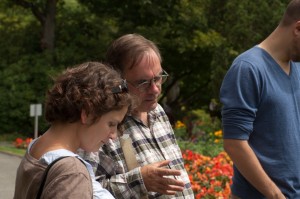
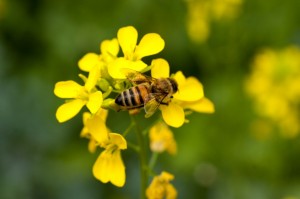
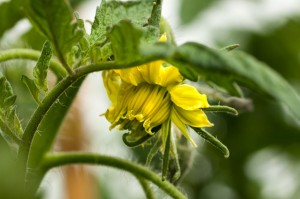
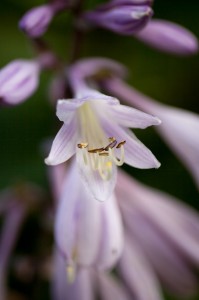
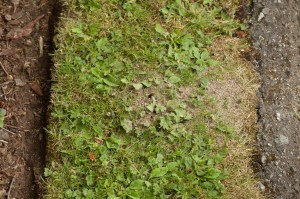
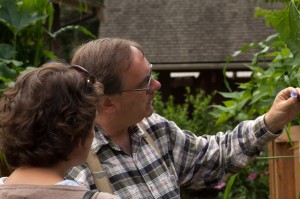
Leave a Reply